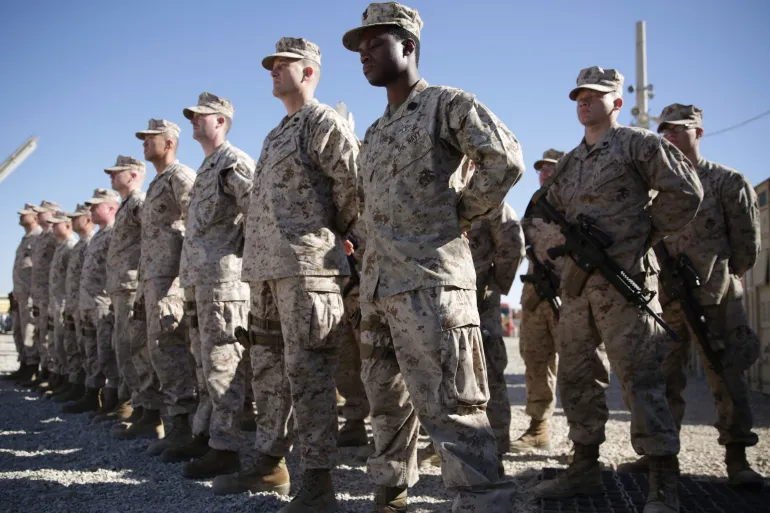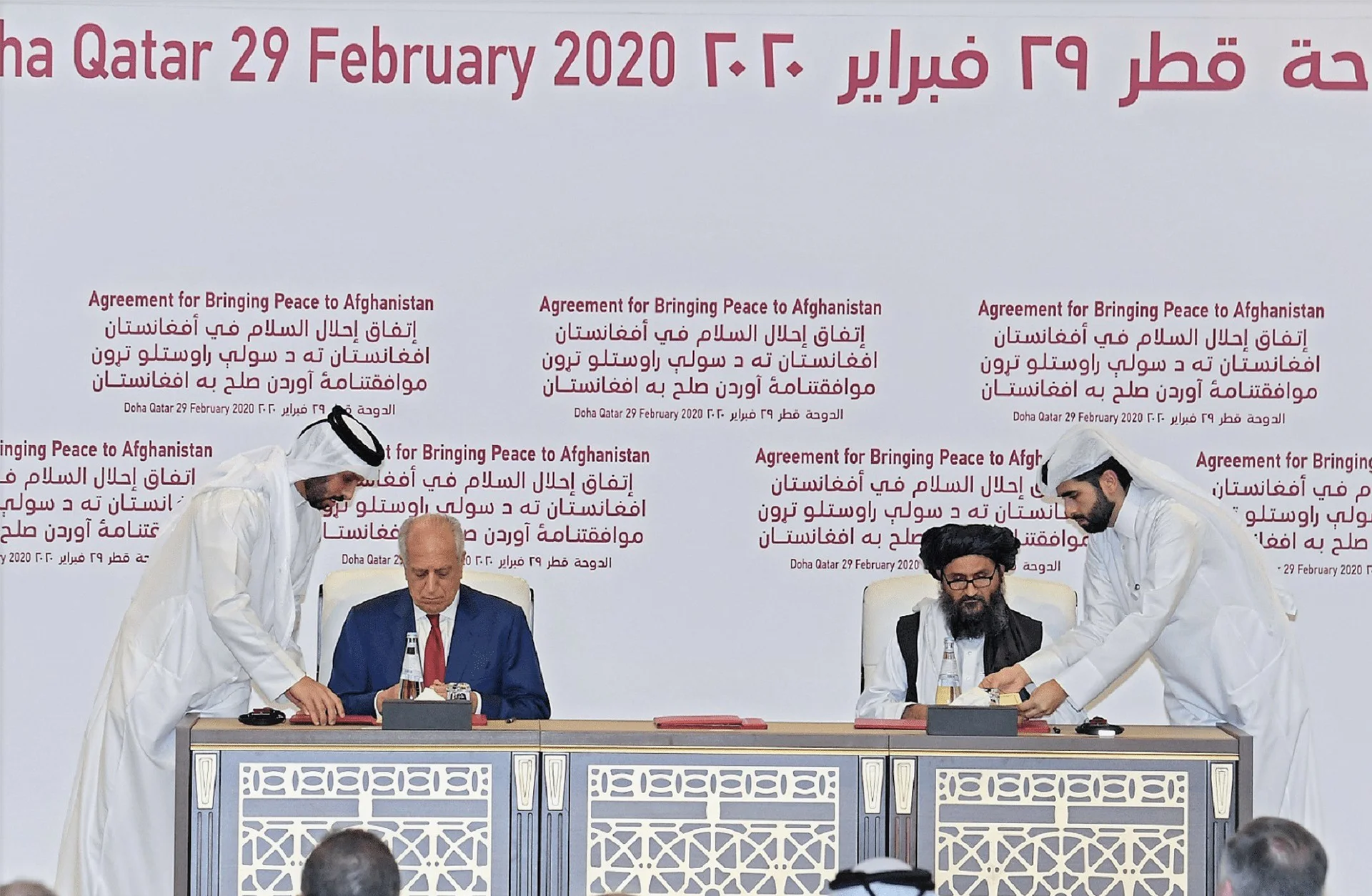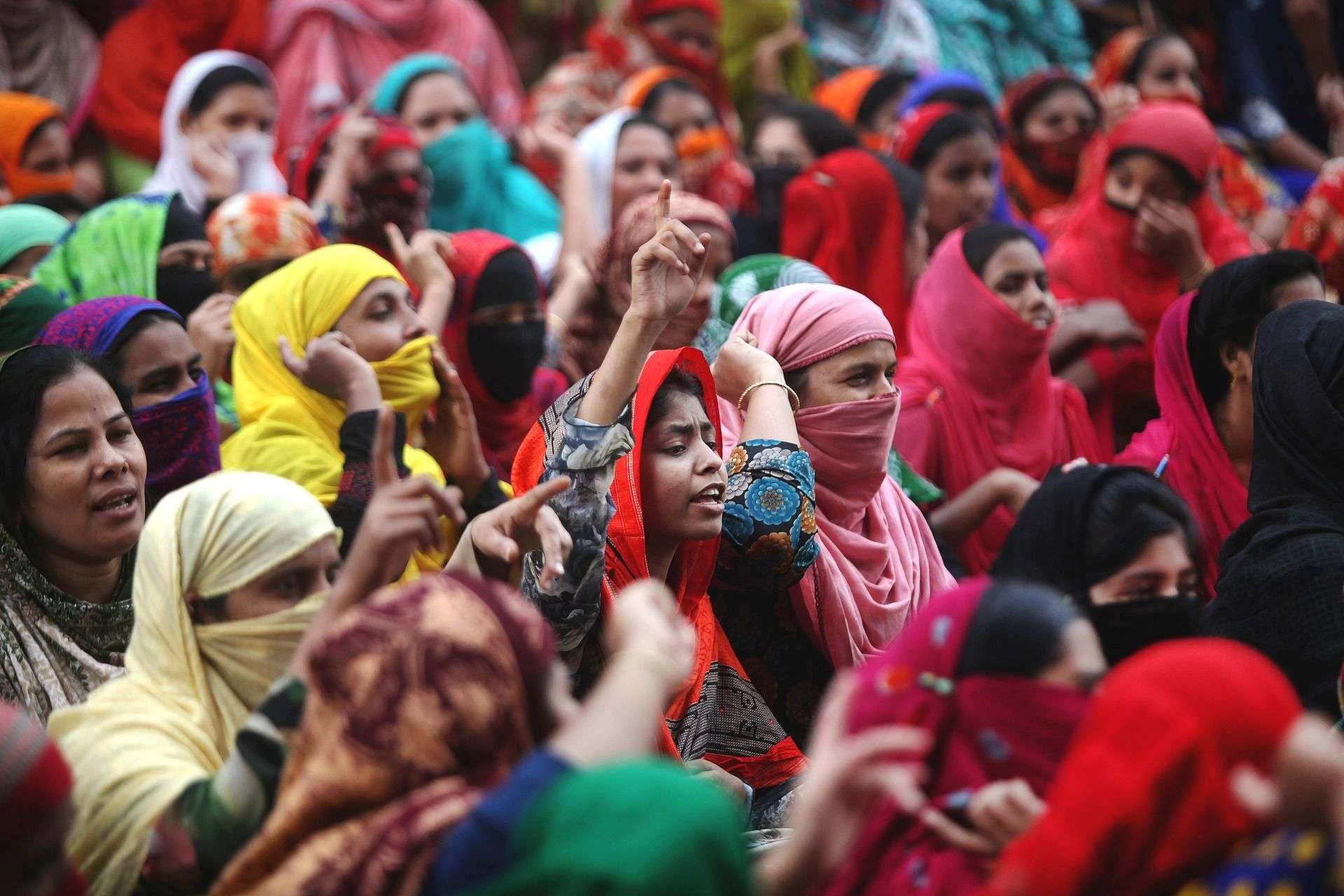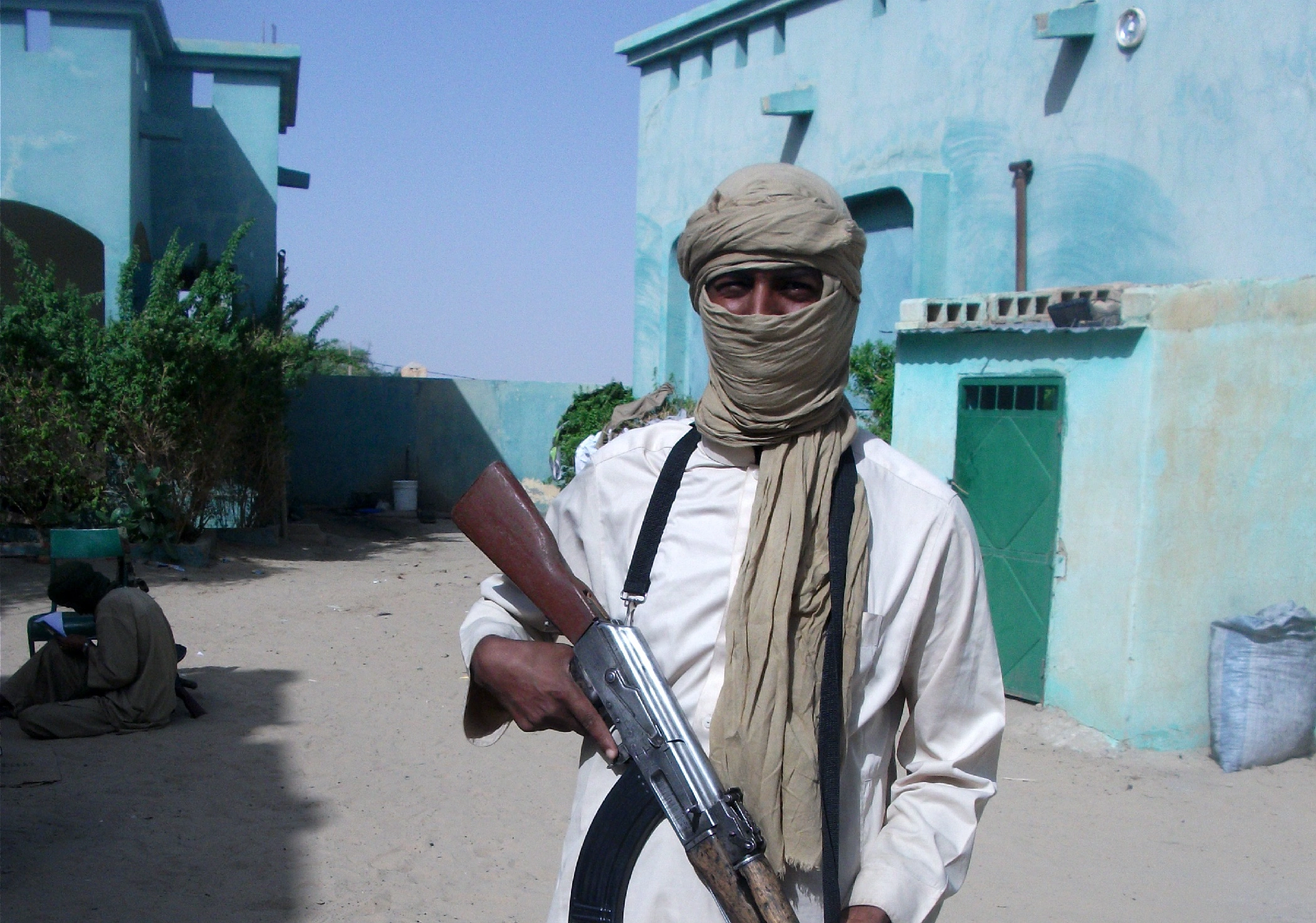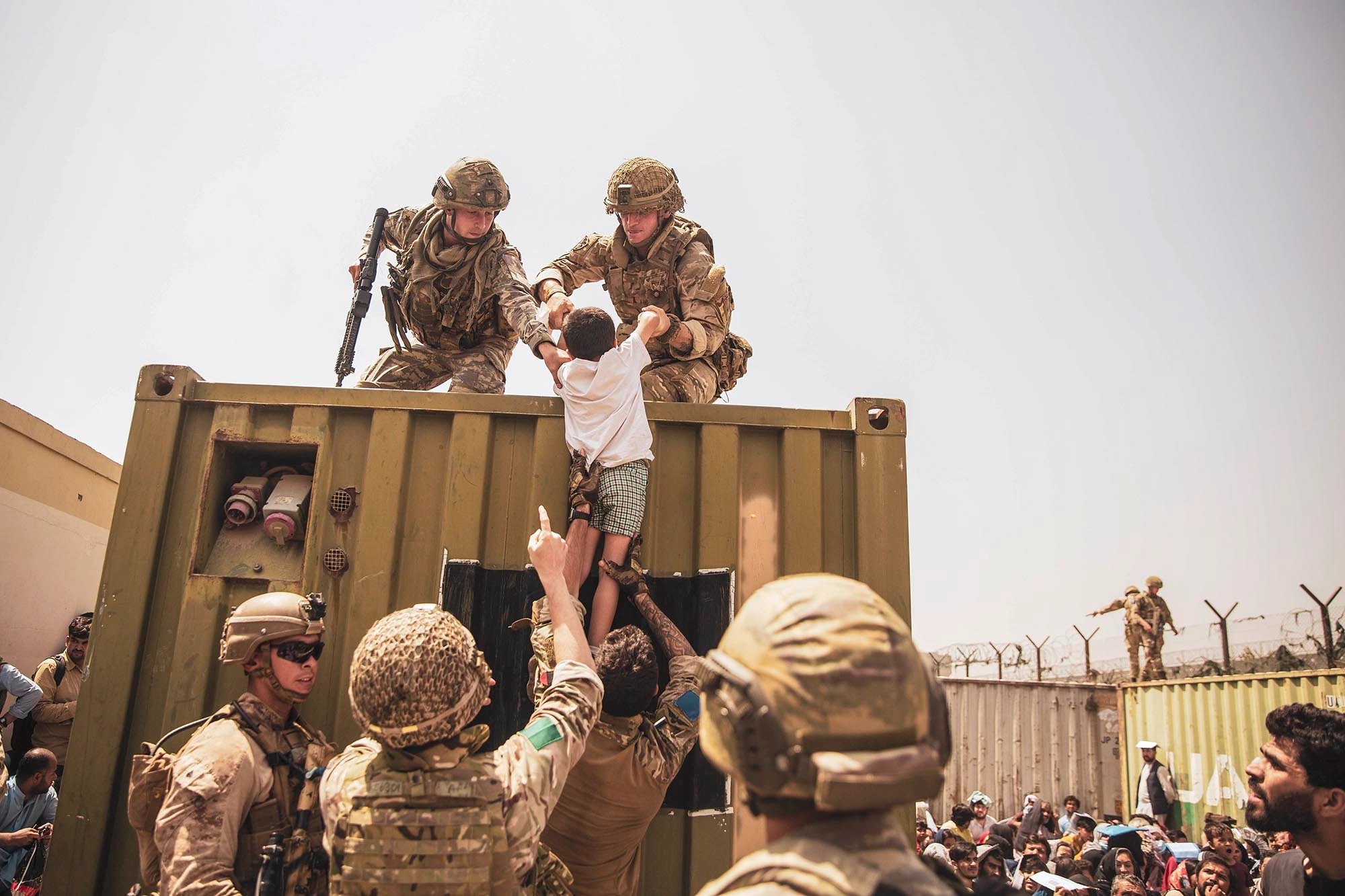President Biden announced on 16th April that the US would be withdrawing its troops from Afghanistan till 11th September. Many speculations sprung up with what was to become of the peace deal. Keeping in consideration of the fact that the previous May 1st deadline was also delayed. Not only this, the Taliban threatened to initiate further strikes. Whereas, after the Doha Peace Accord the Taliban had drastically reduced their attacks. It becomes necessary to elucidate where the withdrawal process has reached ever since May started. Along with this, what has been the negative as well as the conducive roles of numerous stakeholders in the process.
Return of the US Forces
America has already initiated a pull-out of troops from Afghanistan. The US military received security at transport networks and routes that would see to their return. Subsequently, the physical withdrawal process had been evident from the last week of April. Recently, the US also sent two B-52 bombers to Afghanistan to provide security to the forces. The Pentagon spokesperson John Kirby stated that sending bombers and the aircraft carrier USS Eisenhower was approved by the US Defence Secretary to provide cover to US forces as the military anticipates potential attacks by the Taliban and works to send signals to deter them.
What the US Withdrawal Looks Like
Scenes of withdrawal were evident at Kandahar airfield. Previously, the airfield housed sophisticated aerial weaponry like fighter aircrafts and controversial combat drones. This base, situated in the country’s south was a scene of massive withdrawal endeavours, which the New York Times has compared to a garage sale.
Following that, the U.S. Central Command (CENTCOM) on May 4th informed that sixty C-17 loads have moved out of the country. This adds to the withdrawal progress, which President Joe Biden announced on April 14. Furthermore, the Defense Logistics Agency has received more than 1,300 pieces of equipment, that it will destroy. The US also handed over a military facility in New Antonik to the Afghan National Army.
While commenting on rising skirmishes as the withdrawing process ensue, John Kirby on May 3rd said that the U.S. has seen small, harassing attacks that did not have any significant impact on personnel or resources. He added that no such event has occurred that would significantly affect the withdrawal.
US Withdrawal – What Abdullah Abdullah Has to Say?
Abdullah Abdullah, the Chairman of Afghanistan’s High Council for National Reconciliation, has been a proponent of peace endeavours. This also includes his engagement with the Taliban. As the withdrawal continued he held the position that the Taliban might be emboldened in their resolve due to the US exit. However, he added that as the troops are now exiting, the Taliban are left with no rationale to continue fighting. This is duly because their ‘Jihad’ was against foreign invaders.
Abdullah seemed optimistic while crediting Pakistan that there seems to be a change in the Taliban’s policy. He stated that this was observed when their Chief Mediator went to Pakistan for consultations. The groups previously signalled for the path of war, but it is now exploring the alternatives through negotiations.
Moreover, Abdullah Abdullah also presented his peace proposal. However, President Ghani\’s proposal also has similarities with Abdullah’s proposal. The former stated that he does not consider this as a form of competition for proposals, as both of them aim for peace. Abdullah claimed that the Taliban do make contacts by sending notes and letters, however, the vagueness of the message does not clarify whether its intent of one group or all.
Ashraf’s Ghani’s Maneuvering
The Kabul Government has remained on the sidelines ever since the Doha accords were signed. It has depicted a vague, or rather a confused posture. As a result, multiple partners present in the accord have called out Kabul for its unacceptable demeanour. Similarly, the Ghani regime undertook many steps that cannot be considered conducive to any peace process. This included hesitation to formulate an interim government, the row with US State Secretary, and irresponsibly calling out Pakistan for Afghan woes.
Ever since the start of this month, the situation has called for all stakeholders to step carefully. Mr. Ghani also penned down an article for the Foreign Affairs magazine. President Ghani in the article reiterated his offer for unconditional peace to the Taliban.
However, his penning seemed to have more aggressive and rhetorical postures by calling out states that have rather played a role in the peace settlement, Pakistan in particular. Ghani signalled that Pakistan might miscalculate its approach towards Afghanistan. However, he recollected the new rationale for regional peace that power holders in Pakistan have presented at the Islamabad Security Dialogue in March.
An Imprudence that Can Cost
Ghani boldly remarked that Pakistan will be opting for Afghanistan’s enmity if it chooses to back the Taliban. Multiple actors have labelled the present Kabul regime as a spoiler in the Afghan Peace Process. Whereas Pakistan has used its good offices to bridge the gap between Ghani and the Taliban.
With a perplexing situation that emerged after the May deadline, stakeholders and especially the Kabul government should have practised restraint. However, as time passes Kabul regime continues to paint a dismal picture. The Kabul regime is churning out statements that might put a bad taste on those who are vying for peace in Afghanistan.
Mr Ghani in his article entails the importance of continued funding to the Afghan National Secuirty Forces (ANDSF). While he has Pakistan in his crosshairs, Ghani does not elucidate what the Kabul regime is doing for the attainment of a peaceful settlement as soon as possible.
Hillary’s Remarks on the US Withdrawal
It is interesting that the Former Secretary of State, Hillary Clinton asserted that the US withdrawal could result in huge consequences as violence would resume. Clinton just like Biden backed the 2001 US invasion in Afghanistan and has been a proponent of the troop stay. However, Biden, a democrat has weighed in more clearly for a withdrawal.
She added that the potential collapse of the Afghan Government and a possible takeover by the Taliban could result in a new civil war.
Clinton further stated that measures to protect the thousands of Afghan citizen who have worked closely with the US and NATO should take place. Furthermore, she suggested that the authorities should establish an extensive visa programme for all refugees.
Conclusion
From the statements by Washington and Pentagon in recent days along with news emerging from Afghanistan, it is discernible that Biden wants the US to exit once and for all. However, considering the fragility of the security situation in Afghanistan it is possible that the withdrawal may take place in phases. Likewise, it also seems that President Biden is not weighing on the notion that of troops should stay in Afghanistan.
The political situation on the ground is dependent upon the upcoming Istanbul Conference. As for the regional players like Pakistan, it is evident that they are striving to a great extent. The purpose is to influence the Taliban for a peaceful settlement, not an armed one. The state has engaged other Afghan actors who have appreciated the role of Pakistan. Ghani-Saleh power circle has marked its deviation from other Afghan groups as well. The ball lies in their court – Whether they desire a comprehensive peace or choose to be the odd one out in an endeavor for peace.

